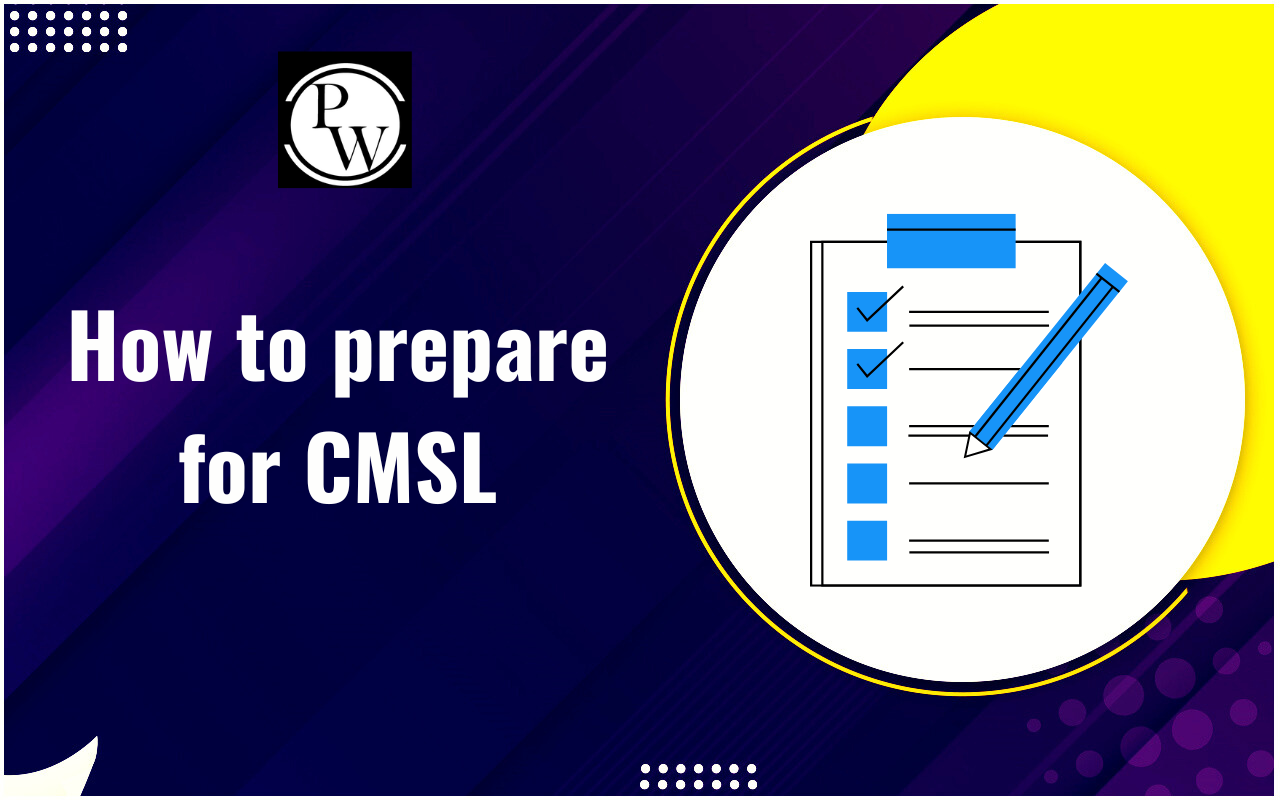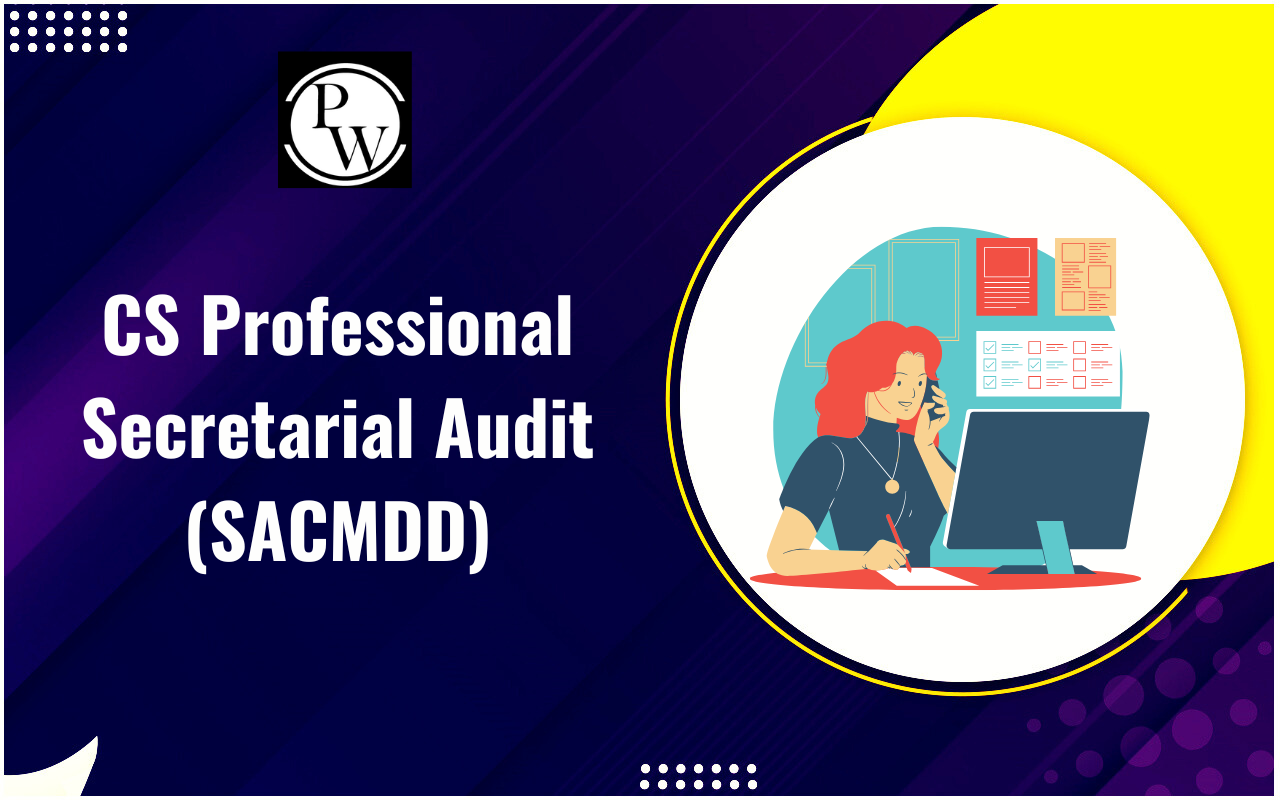

Levy and collection of GST: Goods and Services Tax (GST) is a significant indirect tax reform in India, introduced on 1st July 2017, to unify the country's fragmented tax structure. Replacing several indirect taxes like VAT, service tax, and excise duty, GST aims to create a seamless, integrated national market. Its implementation has brought notable changes in tax collection, compliance mechanisms, and revenue distribution across states.
Understanding how GST is levied and collected is essential for businesses, tax professionals, and students preparing for commerce or law-related competitive exams such as Company Secretary (CS), CA, or CMA.
What is GST? How Does it Work?
GST is a destination-based tax that applies to the supply of goods and services across India. Unlike previous tax systems, GST is levied at each stage of the supply chain, but input tax credits ensure that tax is applied only on the value addition at each stage. This mechanism simplifies the tax burden and ensures transparency throughout the supply process.
Under the GST regime:
- The supplier collects GST from the buyer at the point of sale.
- Businesses can claim input tax credit for taxes paid on inputs.
- The final tax is borne by the end consumer, making it a consumption-based tax
Components of GST
The Indian GST system follows a dual structure, splitting the tax between the Centre and the States. The three main components are:
1. Central Goods and Services Tax (CGST)
Levied by the Central Government on intra-state supplies (within the same state).
2. State Goods and Services Tax (SGST)
Collected by the State Government on the same intra-state supply.
3. Integrated Goods and Services Tax (IGST)
Applied to inter-state supplies (between different states) and imports, and collected by the Central Government.
This division allows both central and state governments to share tax revenue and maintain fiscal autonomy.
How is GST Levied in India?
The GST levy is detailed in different sections for CGST, SGST, and IGST. These sections specify how and when the tax is applied to ensure all taxable transactions are covered under the GST regime. Here, we explain the specifics of each component and how they function within the GST framework.Central GST (CGST)
The Central Government imposes the Central Goods and Services Tax (CGST) on intra-state supplies of goods and services. It forms a part of the dual GST structure implemented to streamline and unify the tax regime in Indi a.Levy and Collection: Under the Central Goods and Services Tax Act 2017, CGST is imposed on all intra-state supplies of goods and services, excluding alcoholic liquor for human consumption. The tax rate, based on the value of the supply as specified in Section 15 of the CGST Act, is set according to recommendations by the GST Council, with a maximum rate of 20%.
Reverse Charge Mechanism (RCM): Certain supplies are subject to the reverse charge mechanism, where the recipient, rather than the supplier, pays the tax. This applies to specific categories of goods and services, including supplies from unregistered suppliers to registered recipients.
Petroleum Products: The levy on petroleum products like crude oil, diesel, petrol, natural gas, and aviation turbine fuel is deferred until notified by the government upon the GST Council's recommendation.
Example Calculation for CGST
A business in West Bengal sells services worth ₹8,000 within the state. With an applicable GST rate of 18% (comprising 9% CGST and 9% SGST), the CGST component is ₹720. The business collects this amount and remits it to the Central Government.State GST (SGST)
The respective State Governments levy state Goods and Services Tax (SGST) on intra-state supplies of goods and services. SGST ensures that the states receive their share of revenue from the GST system, enabling them to fund state-level expenditures.Levy and Collection : SGST is governed by the respective state's SGST Act, 2017. It is applied to all intra-state supplies of goods and services, similar to CGST. The tax rate for SGST matches that of CGST, ensuring uniformity in the tax system. Each state enforces its SGST regulations in alignment with the central guidelines.
Combining with CGST: During intra-state transactions, CGST and SGST are charged together. The rates for both taxes are generally equal, which allows the Central and State Governments to share the transaction revenue equally.
Example Calculation for SGST
Using the same example, if a business in Maharashtra sells goods worth ₹10,000 within the state and the applicable GST rate is 18%, the SGST component would also be ₹900. The business collects this amount and remits it to the Maharashtra State Government.Integrated GST (IGST)
The Central Government levies Integrated Goods and Services Tax (IGST) on inter-state supplies of goods and services, including imports and exports. IGST facilitates the sharing of tax revenue between the Central and State Governments for transactions across state lines.Levy and Collection : IGST is governed by the Integrated Goods and Services Tax Act, 2017. It is applied to all inter-state supplies of goods and services and imports into and exports from India. The tax rate is based on the supply value as determined under Section 15 of the IGST Act, with the rates recommended by the GST Council. The maximum tax rate can go up to 40%.
Revenue Sharing: The Central and State Governments share IGST revenue, with the destination state, where the goods or services are consumed, receiving the tax revenue. This ensures the consuming state benefits from the tax collected.
Example Calculation for IGST
A sale of goods worth ₹1,00,000 from a businessman in Ahmedabad to a buyer in Pune incurs an 18% GST rate. The IGST component, therefore, is ₹18,000. This amount is collected by the Central Government and later shared with the consuming state.How is GST Collected in India?
The collection of GST involves several steps to ensure compliance and proper revenue flow:Tax Invoice : Registered suppliers issue tax invoices for every taxable supply detailing the amount of CGST, SGST, or IGST payable.
Returns Filing : Businesses file monthly, quarterly, and annual GST returns, depending on their turnover and category. These returns include details of outward and inward supplies, tax collected, and input tax credit claimed.
Payment of Tax : GST payments are made electronically through the GST portal. Taxpayers can use input tax credits to offset their GST liability, ensuring only the net tax is paid.
E-Way Bill : An electronic waybill (e-way bill) must be generated for the movement of goods exceeding a specified value. This ensures that tax compliance is maintained while transporting goods.
Benefits of GST
GST offers several benefits for businesses and the economy. Here are a few of them:Simplification of Tax Structure : By replacing numerous indirect taxes with a single, unified tax, GST streamlines the tax process and lowers compliance burdens for businesses.
Elimination of Tax Cascading : GST's input tax credit mechanism eliminates the cascading effect of taxes, reducing the overall tax burden on goods and services.
Creation of a Common Market : GST has unified India's market, promoting the free flow of goods and services across state borders and enhancing economic efficiency.
Increased Revenue Efficiency : By expanding the tax base, GST has led to better compliance and a significant increase in the tax revenues for the government.
Challenges of GST
Despite its positive aspects, GST implementation has seen several hurdles. Here are some of the common challenges of GST:Complexity and Compliance : The transition to GST has been complex, with businesses needing to understand and comply with new regulations and filing requirements.
Impact on Prices: The introduction of GST has changed how goods and services are priced and has affected consumer costs and inflation.
Technological Infrastructure : The success of GST depends on robust technological infrastructure. Any glitches in the GSTN can disrupt the filing and payment processes.
Inter-State Coordination : Ensuring smooth coordination between states for the collection and apportionment of IGST is critical for the effective implementation of GST.
The levy and collection of GST in India represent a significant reform in the country's tax system, aiming to create a unified market and simplify the tax structure. While the implementation of GST has faced challenges, its benefits in increased revenue efficiency, elimination of tax cascading, and the creation of a common market are evident. Continuous improvements and addressing the challenges will ensure that GST achieves its full potential, benefiting businesses and the economy as a whole.
Join PW CS Online Courses and build a strong foundation in corporate laws and governance with structured learning and dedicated support.
Levy And Collection of GST in India FAQs
What does levy and collection of tax in GST mean?
Who audits GST?
How is GST calculated?
Which state is paying the highest GST?












